I have just had this sent to me by a friend on Facebook and thought it worth posting it here. Check out and sign this worthy petition if you can, by following this link:
http://www.change.org/petitions/barclays-barclaysonline-and-citibank-citibank-condemn-uganda-s-kill-the-gays-bill?utm_campaign=friend_inviter_modal&utm_medium=facebook&utm_source=share_petition&utm_term=2911934
In a matter of days Uganda is set to pass the so-called “Kill the Gays” bill. The Bill could enshrine in law the death penalty for LGBT people. Activists in Uganda say that one way to stop this is by putting pressure on powerful international banks in the country to condemn the bill.
Barclays and Citibank - two of the largest banks in the world - both have millions of pounds invested in Uganda and wield a huge influence on the government. Citibank has nearly $300 million in assets invested Uganda, and is a major leader in a U.S. Chamber of Commerce based in Kampala, Uganda’s capital. Barclays is Uganda’s third largest bank, with more than 1,000 employees in the country.
A public statement from Barclays speaking out against the "Kill the Gays" bill might be the best chance to stop it and save gay people from being executed.
Both banks have supported human rights for LGBT people in the Europe and the US. Barclays is one of the UK's top employers for LGBT people and prides itself on its work championing gay equality in Britain. But they cannot help us in the UK while helping to prop up a regime that kills LGBT people in Uganda.
With the “Kill the Gays” bill looming in Uganda’s parliament, Citibank and Barclays could help stop this bill in its tracks. Their presence in Uganda is significant, and their voices in opposition to the Anti-Homosexuality Bill could keep LGBT people in Uganda safe.
Ask Barclays and Citibank to publicly condemn Uganda’s “Kill the Gays” bill, and send a message to Ugandan legislators that criminalising homosexuality with lifetime prison sentences and the death penalty will not be supported by major international businesses.
This is a global campaign. Collin Burton a Citibank customer in the US started a petition there and as a UK Barclays customer I've started this linked petition targeting the banks here in the UK as well. The counter on this petition reflects the cumulative efforts of both of these petitions.
To:
Head of Corporate Communications, Barclays (Stephen Doherty)
Head of Brand, Reputation and Citizenship at Barclays Group (David Wheldon)
Citi Executive Vice President for Global Public Affairs (Edward Skylar)
Head of Brand, Reputation and Citizenship at Barclays Group (David Wheldon)
Citi Executive Vice President for Global Public Affairs (Edward Skylar)
As one of the largest banks in the world, I know you have major operations and many employees in Uganda.
You're also well known for supporting your LGBT employees and protecting employees and customers from anti-gay discrimination.
With the “Kill the Gays” moving quickly in Uganda’s parliament, you have unique and necessary voice that could help stop this bill in its tracks. Your presence in Uganda is significant, and your voice in opposition to the Anti-Homosexuality Bill could have a profound impact in keeping LGBT people safe in Uganda.
I ask you to publicly condemn Uganda’s “Kill the Gays” bill, and send a loud message to Ugandan legislators that criminalising homosexuality with lifetime prison sentences and the death penalty won’t be supported by major international businesses.
You're also well known for supporting your LGBT employees and protecting employees and customers from anti-gay discrimination.
With the “Kill the Gays” moving quickly in Uganda’s parliament, you have unique and necessary voice that could help stop this bill in its tracks. Your presence in Uganda is significant, and your voice in opposition to the Anti-Homosexuality Bill could have a profound impact in keeping LGBT people safe in Uganda.
I ask you to publicly condemn Uganda’s “Kill the Gays” bill, and send a loud message to Ugandan legislators that criminalising homosexuality with lifetime prison sentences and the death penalty won’t be supported by major international businesses.
Sincerely,
[Your name]
[Your name]

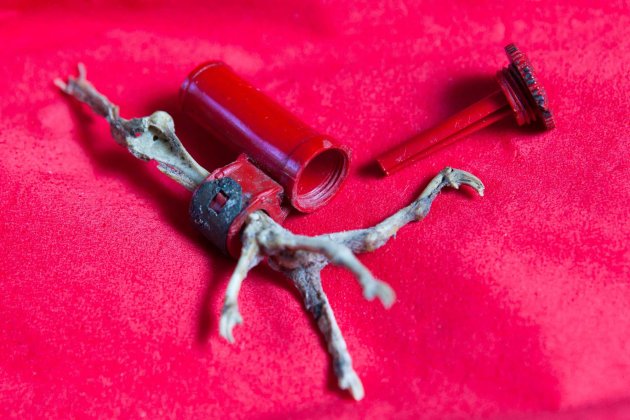
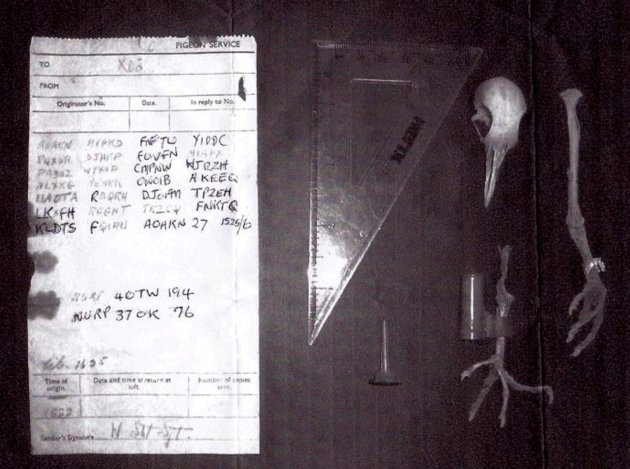





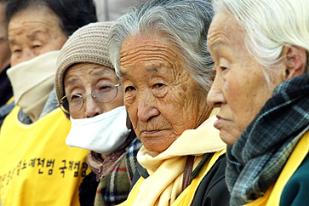

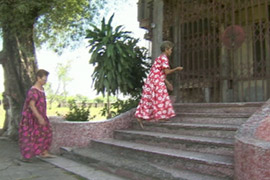
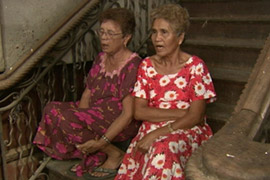





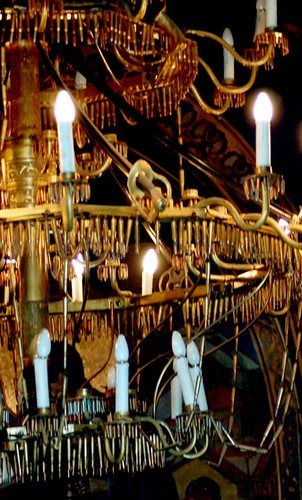
 As long as there has been large scale war there has been
As long as there has been large scale war there has been  “http://curiousexpeditions.org.nyud.net/;The shell case would then be filled either with a wooden block, molten lead or heated sand. This ensured that, when punching onto the side of the shell, a small indentation is made rather than a wider dent. Eventually the whole design would be hammered out through this simple process.”http://curiousexpeditions.org.nyud.net/;
“http://curiousexpeditions.org.nyud.net/;The shell case would then be filled either with a wooden block, molten lead or heated sand. This ensured that, when punching onto the side of the shell, a small indentation is made rather than a wider dent. Eventually the whole design would be hammered out through this simple process.”http://curiousexpeditions.org.nyud.net/;







